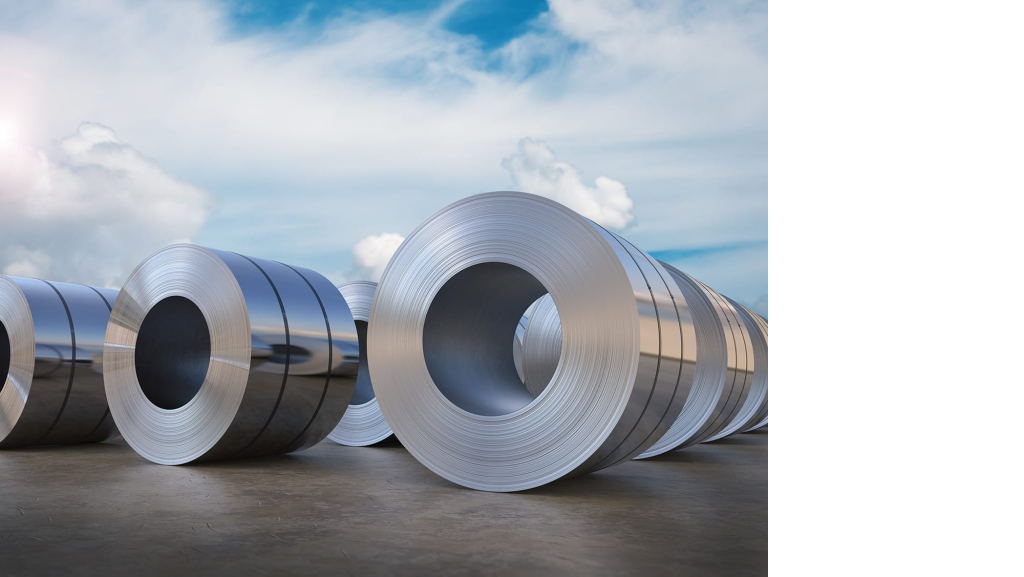
Galvanized steel coil is a popular and versatile material in the construction and manufacturing industries. It’s steel that has been coated with a protective layer of zinc through a process called galvanization. This coating helps to prevent rust and corrosion, making the steel more durable and long-lasting.
The process of galvanization involves immersing the steel coil in a bath of molten zinc, or by electroplating it with zinc. The zinc bonds with the steel, forming a protective layer that acts as a barrier against moisture, oxygen, and other elements that can cause corrosion.

Choosing a good galvanized steel coil involves considering several factors to ensure it meets your specific requirements. Here are some key points to consider:
- Quality Standards: Ensure that the galvanized steel coil meets industry quality standards. These standards may vary depending on your location and application. Common standards include ASTM (American Society for Testing and Materials), JIS (Japanese Industrial Standards), and EN (European Standards).
- Coating Thickness: Check the thickness of the galvanized coating. A thicker coating typically offers better corrosion resistance and longer service life. Look for coils with a consistent and uniform coating thickness.
- Coating Type: Galvanized steel coils are available in different coating types, such as hot-dip galvanized (HDG) and galvannealed. Consider the type of coating that best suits your application requirements in terms of corrosion resistance, paint adhesion, and surface finish.
- Steel Grade: Evaluate the grade of the base steel used in the coil. Different steel grades offer varying levels of strength, formability, and weldability. Choose a grade that matches your application’s mechanical and structural requirements.
- Surface Quality: Inspect the surface of the galvanized steel coil for any defects, such as spangles, scratches, or uneven coating. A smooth and defect-free surface ensures better paint adhesion and aesthetic appeal.
- Supplier Reputation: Choose a reputable supplier with a track record of delivering high-quality galvanized steel coils. Consider factors such as the supplier’s experience, certifications, and customer reviews.
- Application Requirements: Determine your specific application requirements, including environmental conditions, structural loads, and aesthetic preferences. Select a galvanized steel coil that meets or exceeds these requirements.
- Cost Consideration: While quality is paramount, consider the overall cost-effectiveness of the galvanized steel coil, including purchase price, transportation, and long-term maintenance costs.
By considering these factors, you can choose a galvanized steel coil that offers the right combination of quality, performance, and value for your application. It’s also advisable to consult with industry experts or engineers for personalized recommendations based on your specific needs.


